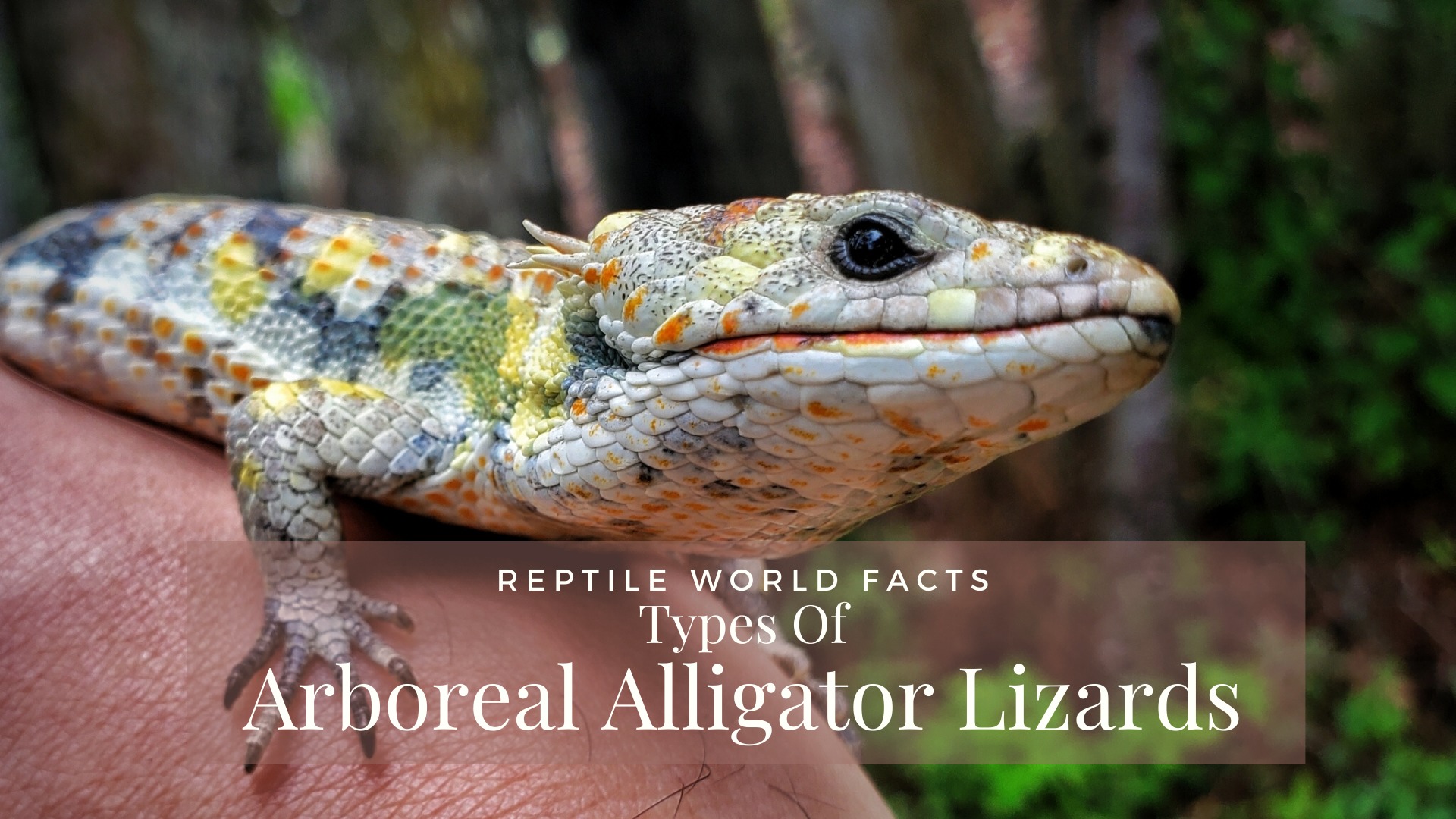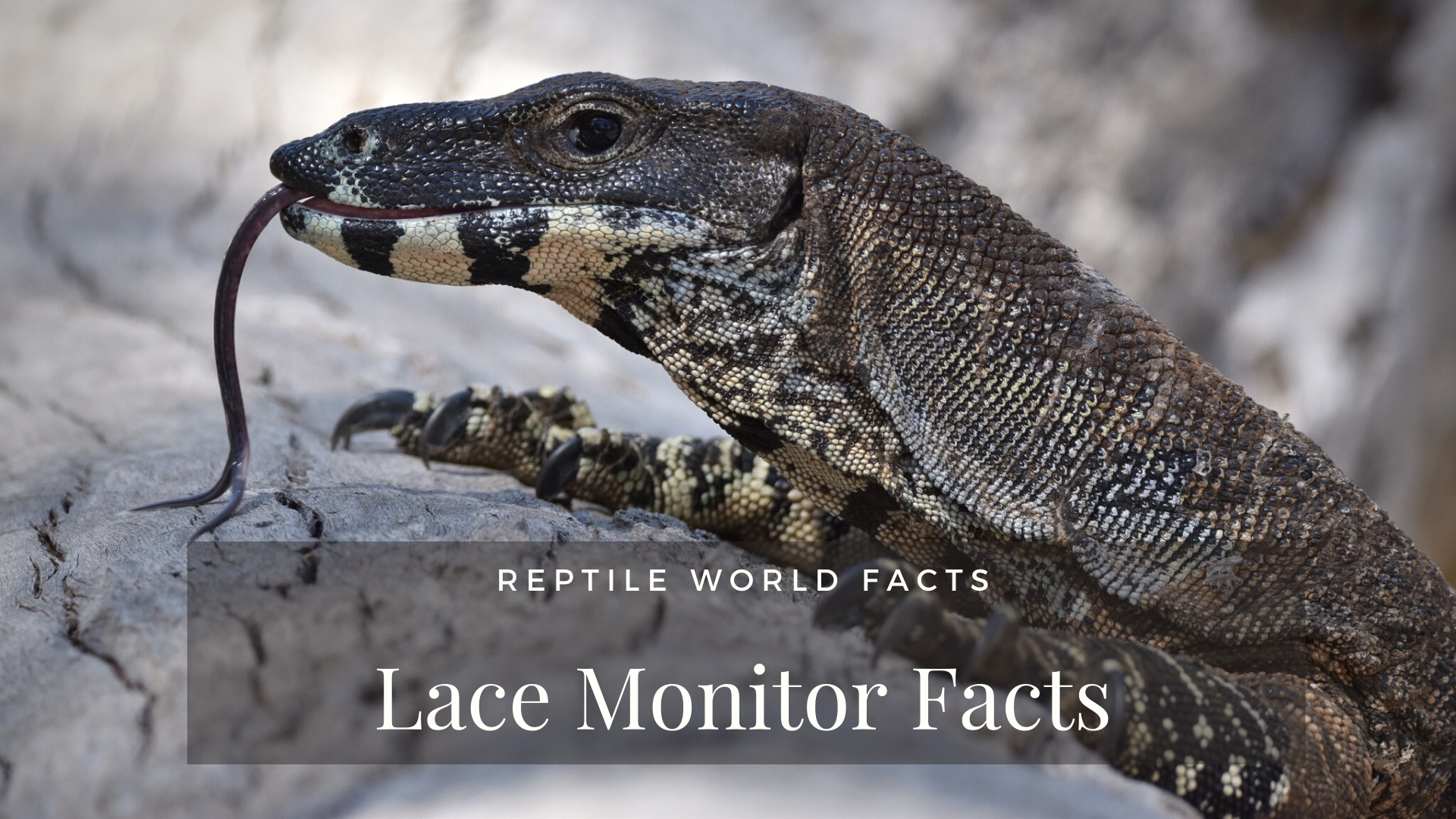The zebra-tailed lizard is a unique lizard that can be found throughout the United States and Mexico. Not only do they have a striped tail, but they will use that tail to curl over their back and wag it back and forth! Keep reading to learn more about this awesome lizard.
Banner Photo: Photo Source
Quick Facts
Scientific Name: Callisaurus draconoides
Common Names: Zebra-Tailed Lizard
Geographic Range: Southwest United States, Northwestern Mexico
Life Span: 3 – 4 Years
Conservation Status: Least Concern
Top 10 List – Zebra-Tailed Lizard
1. They Can Be Found In Desert And Semi-Arid Areas
Zebra-tailed lizards can be found in the deserts or semi-arid areas of the United States and Mexico. These areas are known for having minimal vegetation and loose sandy soil. They will use any shrubs they can find as shelter from predators or shade from the sun, and rocks and boulders are used for basking. Zebra-tailed lizards are extremely adaptable to both temperature and humidity, as throughout their range the temperature tends to be hot during the day, and cold during the night. Different areas of their natural range also have different levels of rainfall, meaning this little lizard needs to be able to handle different levels of rain.
2. Zebra-Tailed Lizards Hibernate During The Colder Months
Zebra-tailed lizards are most active during warmer months, choosing to hibernate from October-April to avoid the colder temperatures. They are diurnal, meaning they are awake during the day. Surprisingly tolerant of high heat compared to other lizards, they can still be found basking during the middle of the day when the temperature is at its highest – sometimes up to 49°C (120°F). They have burrows, mostly under shrubs, that they use to hide when threatened or to use as shelter to keep safe during the nighttime. These lizards are highly aggressive and territorial towards each other, preferring to live a solitary lifestyle.
A fun fact about the zebra-tailed lizard is that they can run up to 7.2 meters/second when necessary, which is incredibly fast. It is thought that they could possibly be the fastest desert lizard.
3. They Have A Unique Way Of Wagging Their Tails
Zebra-tailed lizards will curl their tail over their head and wag it back and forth when they feel threatened. It is thought that there could be two possible reasons why they do this. The first is to signal to other lizards nearby that there is a predator or danger near, and the second is to confuse predators in hopes this gives them a chance to run away, tail still raised. Alternatively, the predator may grab onto the tail, allowing the lizard to drop their tail and escape the predator. The lizard can then regrow their tail later on. If given the opportunity they will choose to run away and hide under sand or shrubs.
In addition to their tail wagging, zebra-tailed lizards also use a variety of gestures like head bobbing or pushups to defend their territory from other male zebra-tailed lizards.
4. They Have Striped, Flattened Tails
Their SVL (snout to vent) length can range between 6.5 – 9.3 cm (2.6 – 3.7 inches), with females tending to be smaller than the males. Including their tail, their total length can range between 15.2 – 23.2 cm (6 – 9.1 inches). Their tail is flattened and striped with 4 – 8 dark bands, with light colors in between. Compared to other iguanids, both their tails and hind limbs are considered quite long. The top of their body ranges from grey to brown, with yellow blotches, and from the side of their neck to the bottom of their tail they have various dark spots. Male zebra-tailed lizards have sky blue to navy patches on both sides of their belly, as well as black bars. During breeding season males develop a metallic green-blue, sometimes orange and yellow, patch on the sides of their body. The lighter area on their throat also turns light pink.
5. Zebra-Tailed Lizards Are Mainly Insectivorous
While zebra-tailed lizards are considered to be mainly insectivorous, they have been found to occasionally eat various plants. The food they most commonly eat includes small invertebrates such as scorpions, flies, ants, spiders, worms, insect larvae as well as other small lizards, eggs, carrion, and occasionally leaves and flowers. While they tend to eat the majority of their food in the morning, they still forage for food throughout the day. They are ambush predators, waiting for their prey to come near them and using surprise, instead of using speed and strength to chase down and overpower their prey.
6. As Soon As They Hatch, They Are Independent Of Their Parents

Photo Source
Breeding season for zebra-tailed lizards is from May until August. Males will mate with multiple females and will try to impress the females by proving they are “better” than the other males by doing various pushups and head bobs. A while after mating, the female lizard will then lay an average of 4 eggs at a time, however, she is able to lay multiple clutches of eggs a season. From July to November the eggs will hatch, and the hatchling lizards are immediately on their own and must fend for themselves.
7. Their Common Name Comes From Their Striped Tail
Their common name is pretty self-explanatory. These cute little lizards have black and white stripes down their tails, just as zebras have black and white markings. Callisaurus, their genus, also has a specific meaning. Kalos is Greek for beautiful and Saurus is Greek for lizard. This name was given to indicate the beauty of the lizard.
8. The Zebra-Tailed Lizard Has Quite A Few Predators
Unfortunately for the zebra-tailed lizard, they are preyed upon by quite a few different predators. These predators include snakes such as pine snakes and rattlesnakes, larger lizards, predatory birds, and mammals such as foxes. They are occasionally kept as pets, therefor they are collected by humans for the pet trade as well. Despite all these predators, they are still considered to be doing well and are listed as the least concern on the IUCN red list. Thankfully they occur in many national parks and monuments throughout their range, meaning that a large chunk of their habitat is protected.
9. There Are 9 Subspecies Of Zebra-Tailed Lizards

Photo Source

Photo Source

Photo Source
Zabra-tailed lizards are made up of 9 different subspecies, with each having a slightly different appearance. Above we have included 3 photos of some of the different subspecies. Zebra-tailed lizards are also monotypic, meaning that their genus, callisaurus, only contains zebra-tailed lizards and no other species.
10. Zebra-Tailed Lizards Are Often Mistaken For Greater Earless Lizards

Photo Source

Photo Source
Zebra-tailed lizards are commonly mistaken as greater earless lizards and vice versa. Looking at the photos above it is easy to see why, as they are quite similar in appearance. They are also both found in the southwestern United States, meaning that in the wild it can be hard to tell the difference between them. However, only the zebra-tailed lizard has the unique tail-wagging defense, meaning that if the lizard you see wags its striped tail at you before it runs away, it’s almost definitely a zebra-tailed lizard, not a greater earless lizard.
—
Enjoy this article? Share it with your friends using the links below! Also, leave a comment below and let us know what you think. Thanks for reading!








